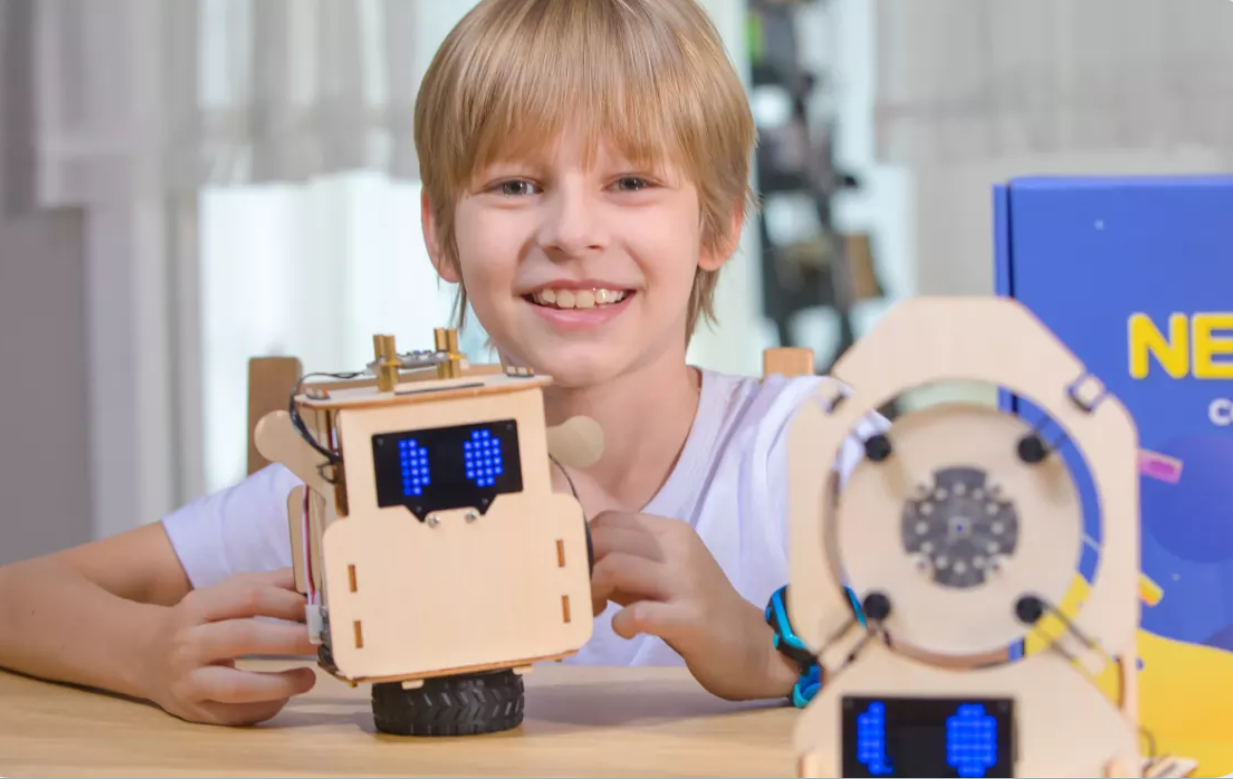How to Set Up Kindergarten Classroom: 8 Basic Things Make a Great Kindergarten Classroom

Setting up a kindergarten classroom at the beginning of the year is exciting but exhausting. Whether you are a kindergarten teacher, or a kids' caregiver, here are 12 basic things that you should notice in the kindergarten classroom that could be helpful and necessary to make a wonderful classroom.

1. Medical First Aid Kit
Children easily get hurt when playing. First-hand experience has shown us how important having a well-stocked and maintained first-aid kit can be. It is important to have a medical first aid kit in the kindergarten classroom to save children before checking whether they should go to hospital.
The American Red Cross suggests that a first-aid kit for a family of four includes the following items:
- A first-aid guide
- 2 absorbent compress dressings (5 x 9 inches)
- 25 adhesive bandages (assorted sizes)
- 1 adhesive cloth tape (10 yards x 1 inch)
- 5 antibiotic ointment packets
- 5 antiseptic wipe packets
- 2 packets of aspirin (81 mg each)
- 1 emergency blanket
- 1 breathing barrier (with one-way valve)
- 1 instant cold compress
- 2 pairs of nonlatex gloves (size: large)
- 2 hydrocortisone ointment packets
- 1 3-inch gauze roll (roller) bandage
- 1 roller bandage (4 inches wide)
- 5 3 x 3-inch sterile gauze pads
- 5 sterile gauze pads (4 x 4 inches)
- A thermometer (non-mercury/non-glass)
- 2 triangular bandages
- Tweezers
2. Whiteboard, Chalkboard, or SmartBoard
A whiteboard, chalkboard, or smartboard in the kindergarten classroom can be used for the following usages:
- Highlight what’s important
- Create calendar and daily routine
- Create game board
- Present story and fariy tales
- Rewards for excellent performencers
3. Coat Racks, Cubbies, or Lockers
Having a space to keep students' belongings safe and organized will teach them responsibility, and will free up more classroom space for moving, growing, and learning. Coat racks, cubbies, or lockers are all excellent organization storage options. It is helpful to explicitly teach your students how to use this space, as some of them may be new to sharing a room with others. Some helpful lessons may be to teach them how to appropriately put things away, when students are allowed to access their things, and how to respect their classmates' belongings.
4. Alphabet and Number Printables
At the best age to learn basic math and language, an Alphabet and Number Printables is a best helper as a conspicuous review for children to learn new things. A daily review is a great way to bridge the kids into your planned learning activities.
5. STEM Robots
While learning is not limited only to four corners of a classroom, integrating robot toys and STEM toys in children’s playtime portrays an important role in developing skills such as creativity, problem-solving, and communication. Incorporating educational robots as part of childhood education prepares children for their future careers as it builds the creator inside them.
Some coding robots designed for kindergarten kids:
A. Codey Rokey

Codey Rokey is an interactive emo robot which can achieve emotional expression with LEGO bricks, laser-cutting parts, and colorful paper. It is designed to help kids learn block-based and Python programming. No building needed, it's easy to use as 1-2-3. Kids can enjoy coding fun in various activities like maze games, line-following, and building.
B. mTiny

mTiny uses tangible programming learning with screen-free coding cards, themed maps, and tap pen. It can be an interactive educational tool with 3 dress-ups, 10+ facial expressions, and 300+ sound effects.
C. Nextmaker

Nextmaker is a playful STEAM project through hands-on building and programming which can grow kids' interest in coding with animation and games. It is easy to follow with step-by-step tutorial video.
6. Writing Center
Here are some supplies for a creative writing center:
- Seasonal Illustrated Vocabulary Words
- Colored Paper
- Lined Paper for Kindergarten Writing
- Markers
- Crayons
- Smelly Markers
- Stickers
- Glue Sticks
- Stamps
- Child appropriate magazines
- Blank notebooks
- Colored Pencils
7. Reading Center
Building strong reading comprehension will prepare children to advance with confidence and an appreciation for learning. Reading skills affect every subject, so a strong vocabulary, an understanding of the proper use of grammar and an ability to interpret text will elevate your child’s learning experience.
Classroom libraries can be extensive, or kept simple. My simplified classroom library entailed a front-facing bookshelf with approximately 15-30 books related to the theme we were currently learning about.
A couple bean bag chairs, a small carpet, throw pillows, and stuffed animals made it a cozy place for them to want to hang out and read books.
8. Group work tables and chairs
Seating your students in groups is the most effective way to allow for sharing, communication, and peer-learning. Whether at circular, square, or rectangular tables, your students should always be seated with at least two other students for maximized learning. Also, remember that tables and chairs should be the appropriate height for your students.

